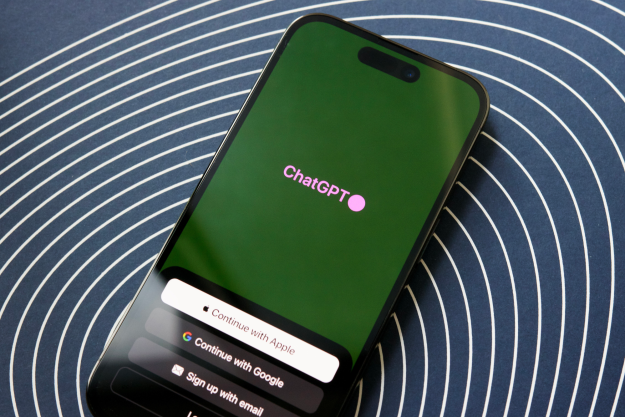ChatGPT has opened the eyes of the public to both the wonders and the horrors of artificial intelligence in the few short months it has been available. Used carefully and with good intent, it’s a powerful tool that can inspire creativity, eliminate the blank page syndrome, and speed up productivity. Unfortunately, ChatGPT makes it far too easy to shortcut education, as the AI can be used to write papers and take exams. That’s where GPTZero comes in.
GPTZero is a ChatGPT detection tool built by Princeton University student Edward Tian, and you can use it now to find out if something you’re reading was generated with AI or not. Here’s how.
What is GPTZero?
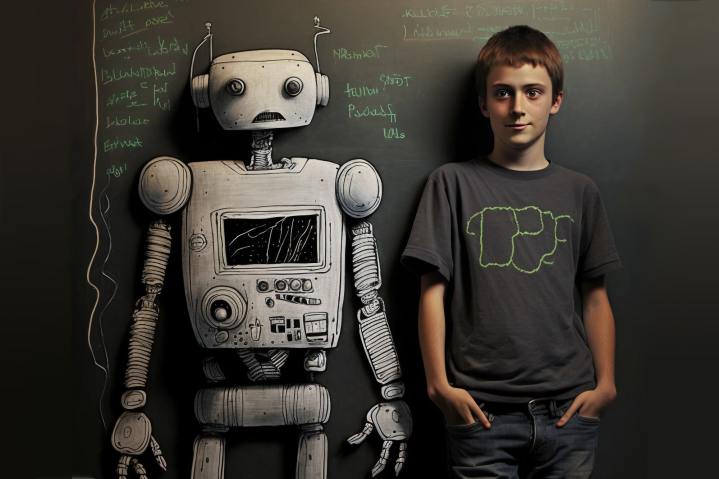
GPTZero is a web app and service designed to detect whether a body of text has been written by a human or by an artificial intelligence. Tian, a 22-year-old undergraduate studying computer science at Princeton University, and a former software engineering intern at Microsoft, is the developer of GPTZero.
GPTZero was first announced via Tian’s tweet on January 2, 2023, as a tool to help detect AI plagiarism. Tian noted that the analysis was based on the research of Princeton Ph.D. candidate Sreejan Kumar and the work of Princeton’s Natural Language Processing Group.
Is GPTZero free?
GPTZero was designed for educators, but anyone can use it for free. It’s unlikely that this will always be the case. The terms of service mention that there could be fees for some services. There’s also a mention of a 30-day free trial for new users that register.

GPTZero is not an open-source project, and Tian would be facing high hosting fees if not for the help of Streamlit, a Python app framework with a free cloud service for Streamlit apps. While GPTZero’s traffic is a tiny fraction of what ChatGPT enjoys, even OpenAI decided to start charging to offset its costs.
Although Streamlit hosting is free, that usually limits bandwidth and resources on this shared platform. That would have restricted the usage of a popular app like GPTZero.
Streamlit is currently assisting Tian by increasing the application memory and hosting allowance of GPTZero. If it continues to grow at a rapid pace, that could change.
Is GPTZero accurate?
There have been claims that GPTZero can be fooled. Following a suggestion from Reddit user Smellz_Of_Elderberry, I asked ChatGPT to write a brief story about the book The Old Man and the Sea as if it were a high school student. GPTZero wasn’t fooled.
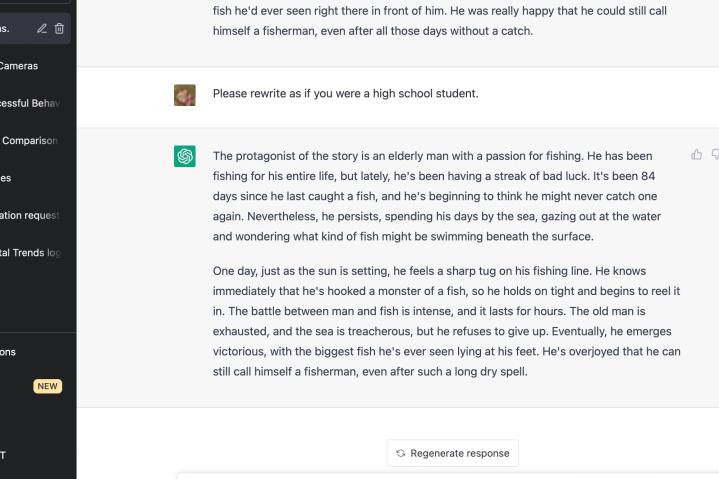
I tried again, altering the text with some misplaced punctuation, incorrect verb tense, and other small errors, but GPTZero still stated, “your text is likely to be written entirely by AI.”
The key word here is “likely,” and the developer never promised that GPTZero was perfect. The accuracy of GPTZero is still being assessed, but anecdotally, it seems to be working well for most people.
If you use GPTZero, it’s important to bear in mind that errors are possible. When using GPTZero to detect AI or ChatGPT to help write a document, you still need to check the work for mistakes.
How does GPTZero work?

GPTZero analyzes the randomness of text, known as perplexity, and the uniformity of this randomness within the text, which is called burstiness in statistics. An AI is very consistent in its perplexity and burstiness, while human writers vary those characteristics without any awareness.
The work isn’t done, and Tian notes that more tests will be added to improve the accuracy of AI text detection. In particular, implicit bias is an area being explored as another way to detect if the text is generated by an AI.
How can I use GPTZero?
GPTZero is available on its website or via an application programming interface (API). To use the website, simply copy the text you’d like to check and paste it into the big box labeled Try it out.
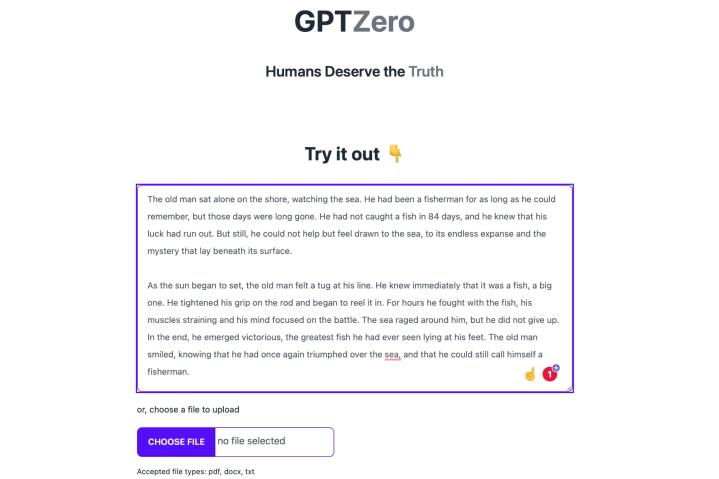
It’s also possible to upload a PDF, Word document, or text file and click the Get Results button. You’ll also need to check the box signifying that you agree to the terms of service.
Do we really need plagiarism checks?
Pushing far beyond the research lab that many text-generation AIs have been bound to, OpenAI released ChatGPT to the public in late November 2022. By January 2023, ChatGPT had over 100 million users, making it the fastest-growing public application yet.
That means any concerns about plagiarism are only going to increase as this AI assistance becomes available in all corners of life. Microsoft is incorporating OpenAI’s technology into Bing search, and Google is testing its own version, known as Bard.
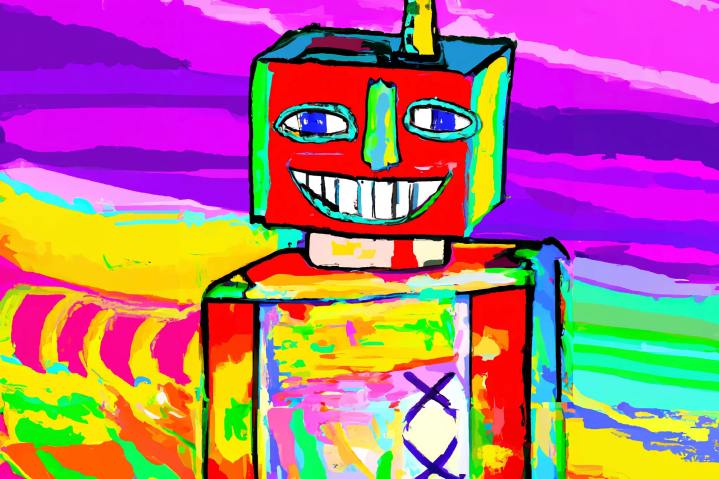
On a related note, AI image generators like Dall-E and Stable Diffusion are under scrutiny for potential copyright violations. All of these artificial intelligence services have been trained on the writing, photographs, and artwork found online that have been created by billions of humans.
In a way, AI is borrowing from human intelligence, not creating on its own. If I borrow from another human, I must give credit and possibly pay a licensing fee. With generative AI, it becomes more difficult to cite a source because each text or image is broken down into diffuse elements and then reassembled to create a new piece using thousands or millions of sources.
We either need to rethink how we feel about copyright and plagiarism or find tools that help identify AI-generated material and possibly develop a method of giving credit to the vast number of people that contribute to every AI-generated work.
Editors' Recommendations
- Even OpenAI has given up trying to detect ChatGPT plagiarism
- Top authors demand payment from AI firms for using their work
- GPT-4: how to use the AI chatbot that puts ChatGPT to shame
- Wix uses ChatGPT to help you quickly build an entire website
- The best AI video editing tools




